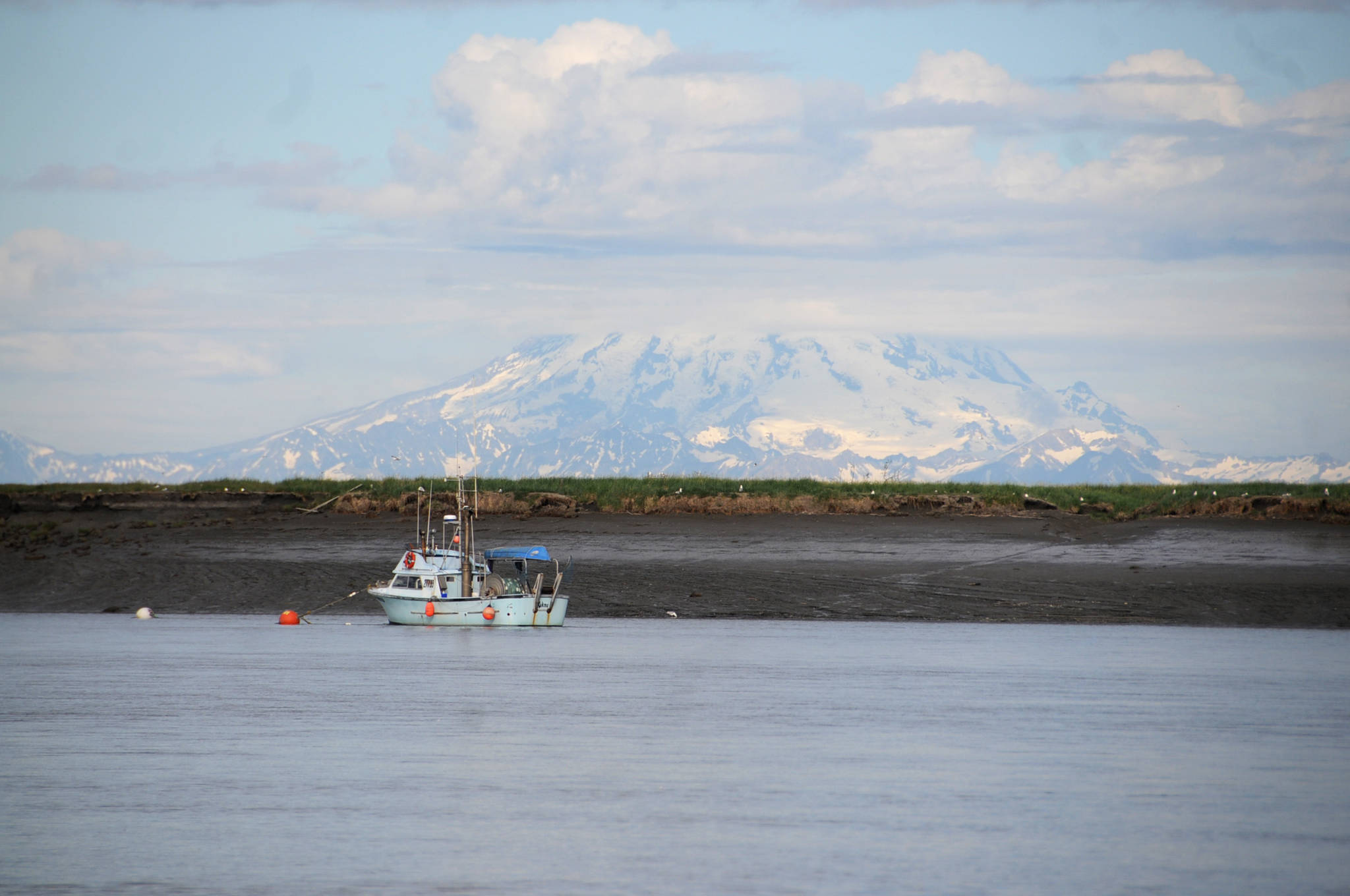The United Cook Inlet Drift Association’s lawsuit against the federal government has finally reached its conclusion, though its repercussions are far from over.
Alaska U.S. District Judge Timothy Burgess signed an order Aug. 3 stipulating the next steps for UCIDA and the National Marine Fisheries Service. A panel of three federal judges in the Ninth Circuit Court ruled in favor of UCIDA in September 2016, saying the North Pacific Fishery Management Council had been wrong to remove Cook Inlet’s salmon fisheries from federal oversight.
The order requires the National Marine Fisheries Service to file a report with the district court three times per year, keep the public involved in the council process of determining a proper rule and ensure that the National Marine Fisheries Service finalize a rule within a year of the council passing one. It also provides measures if the council doesn’t produce an amendment and the Secretary of the U.S. Department of Commerce, which oversees the National Marine Fisheries Service, has to produce a secretarial amendment.
It also gives UCIDA a right to ask the court to set a deadline for a new fishery management plan for Cook Inlet salmon if the council doesn’t form a stakeholder group that includes UCIDA. Both sides would still have the right to brief the court on their beliefs about a reasonable deadline date, according to the judgment.
When the fishery management plan was discussed as a budget item at the council’s meeting in April, the testifiers asked for some type of stakeholder group to be formed so the users could have a voice in the amendment process. The council passed a resolution solidifying the preliminary purpose and need for the FMP amendment, a number of alternatives and forming a stakeholder workgroup, which would decide its scope and agenda at future meetings.
UCIDA isn’t the only stakeholder group involved, either. When Cook Inlet was removed from the federal FMP in 2011 upon the council’s passage of Amendment 12 to the FMP, an area of Prince William Sound near Cordova and an area near the Alaska Peninsula were as well. Both those groups testified at the meeting in April that they wanted to be left under state management as much as possible.
Under an FMP, the management of the fishery would have to comply with federal sustainable fisheries criteria under the Magnuson-Stevens Act. Other fisheries that do use tools like annual catch limits and acceptable biological catches as compared to the state’s escapement goal-based management system for salmon.
The Aug. 3 judgment only mentions Cook Inlet. However, it doesn’t mean that the Alaska Peninsula and Prince William Sound fishermen will be left out of the discussion in the future. UCIDA Vice President Erik Huebsch said the court settlement was specifically applied to UCIDA and so didn’t address the other two groups. However, at the meeting n April , the council members asked if they could separate the three areas and address the FMPs separately.
“At some point, they’ll probably have to deal with (the other areas),” Huebsch said. “But … this whole FMP for Cook Inlet isn’t necessarily going to be what they end up with. One size doesn’t fit all in these things.”
There’s also still the matter of the state of Alaska asking the U.S. Supreme Court to take up the case, leaving the Ninth Circuit Court’s decision up in the air. The state, which filed to become an intervener in the case in 2013, asked the Supreme Court in February to overturn the Ninth Circuit Court’s decision on the grounds that the lower court didn’t understand the issue and that reverting to federal fisheries management could risk overfishing.
The Supreme Court, which is currently on break for the summer, is scheduled to consider the case during a conference Sept. 25. UCIDA filed its opposition in June.
Reach Elizabeth Earl at elizabeth.earl@peninsulaclarion.com.

